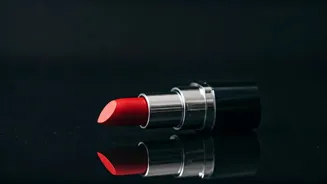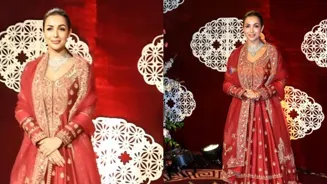Material Selection and Design
The initial stage of the custom suit experience typically involves choosing the fabric and design elements. The individual is presented with a broad array
of fabrics, ranging from classic wools to modern blends, each offering unique textures, colors, and weights. After deciding on the fabric, the next step involves customizing the suit's design. This includes selecting the style of the jacket (e.g., single-breasted or double-breasted), lapel style, pocket styles, and lining options. Details like the number of buttons, vent style, and even the type of stitching can be tailored to the wearer's preferences, resulting in a suit that is as unique as the individual wearing it. The aim is to craft a suit that fits the customer's desired aesthetic.
Precision Measurement and Fit
Following the selection of fabric and design, accurate measurements are essential for creating a custom suit. A tailor takes numerous measurements, which includes the chest, shoulders, waist, hips, arm length, and inseam, ensuring that the final garment fits perfectly. These measurements are meticulously recorded and used as the foundation for the suit's construction. Sometimes, the process may use a mix of digital tools or in-person adjustments. The tailor might also take into account the individual's posture and build to make adjustments for a superior fit. In some cases, a muslin fitting is done, where a prototype suit is created to fine-tune the fit and make necessary adjustments before the actual suit is made. This step ensures that the final product fits the wearer's body shape and style perfectly.
The Tailoring Process
Once the measurements are complete, the suit is sent to the tailoring workshop. Skilled tailors cut the fabric based on the unique measurements, ensuring precision in every cut. The jacket, trousers, and waistcoat (if included) are constructed using traditional tailoring methods, often involving hand-stitching and careful attention to detail. The lining, pockets, and other components are integrated into the garment, creating a structured, well-crafted suit. The process includes multiple stages of fitting and adjustment to ensure a perfect fit. During this stage, the tailor's expertise in combining technical skill with an eye for detail allows for minor adjustments and refinement, ensuring that the final product looks and feels tailor-made.
The Final Fitting and Delivery
Once the suit is assembled, a final fitting is arranged. The tailor will make the last adjustments and ensure that the suit fits properly. Small adjustments can be made to the sleeves, length, and waist, guaranteeing that the final fit is just right. After all adjustments are made, the suit will be prepared for delivery. Depending on the company's process, the suit may be delivered directly to the customer's home or a pickup can be arranged. When the suit arrives, the customer can try it on and experience the comfort and perfect fit. The result is a suit that perfectly complements the individual's physique and style, a testament to the power of custom tailoring.








